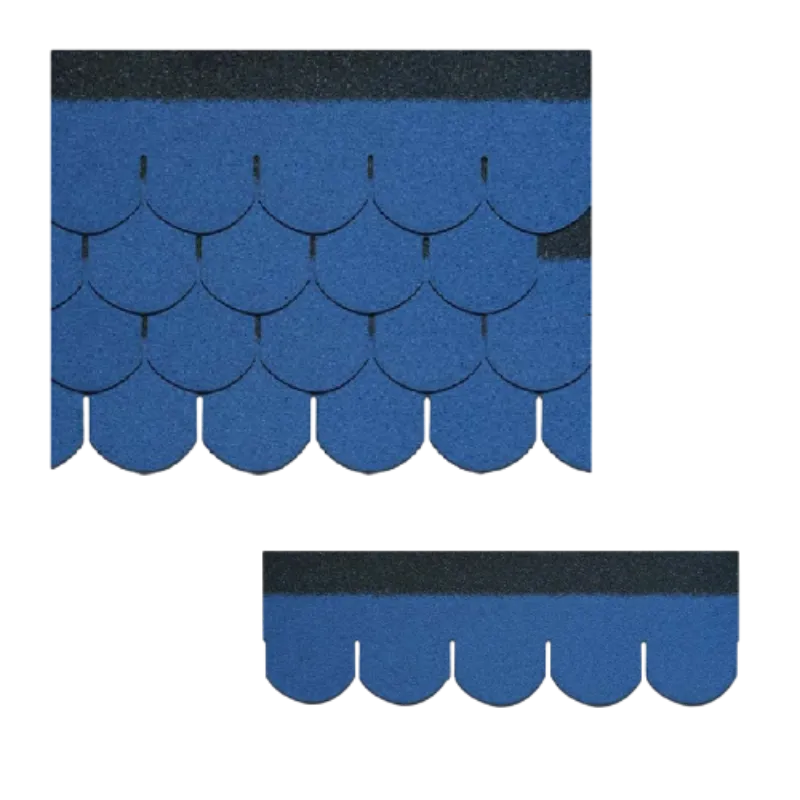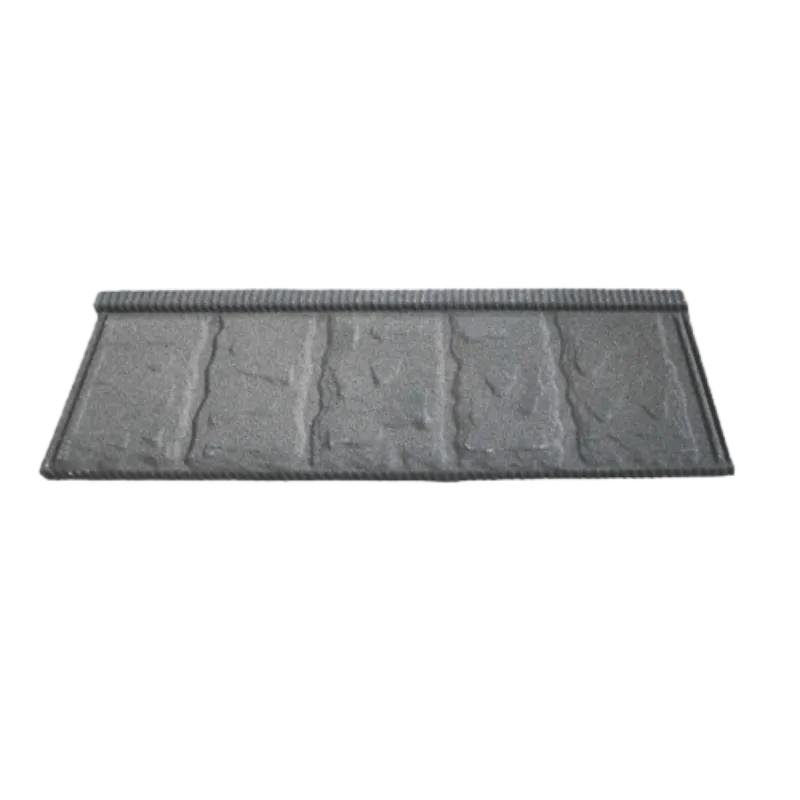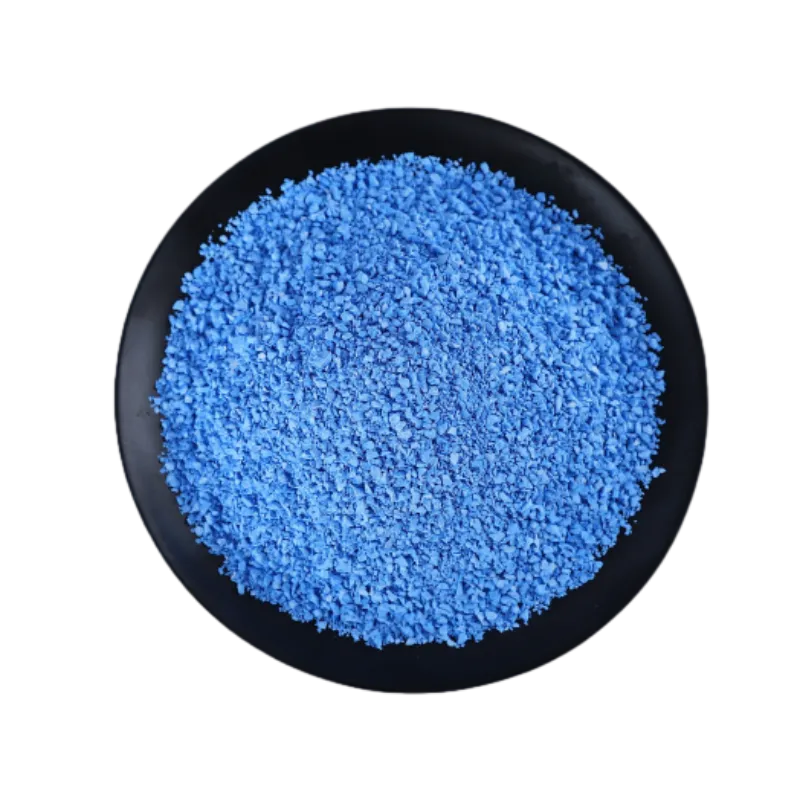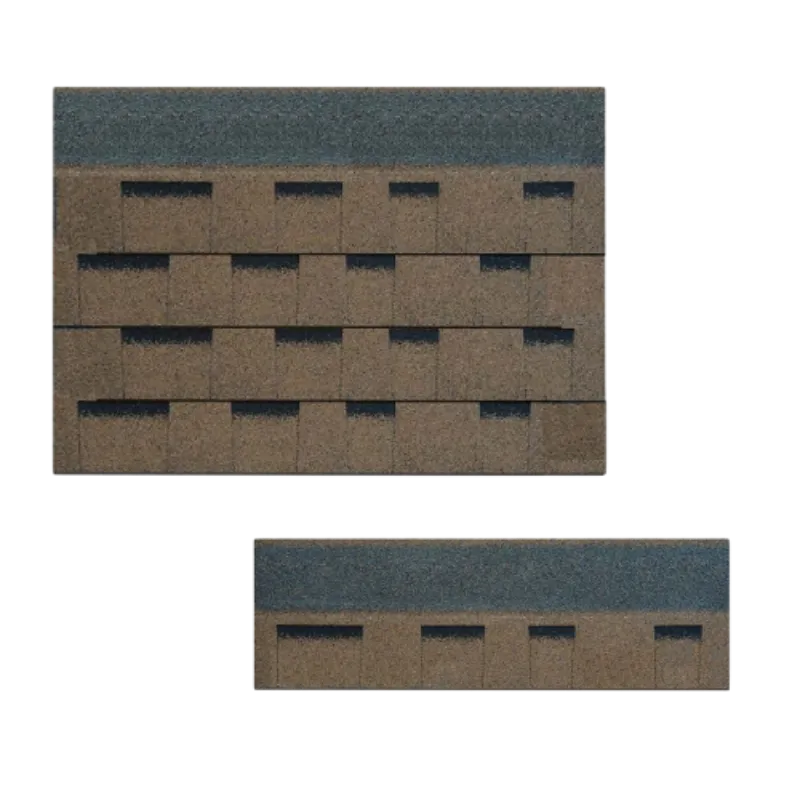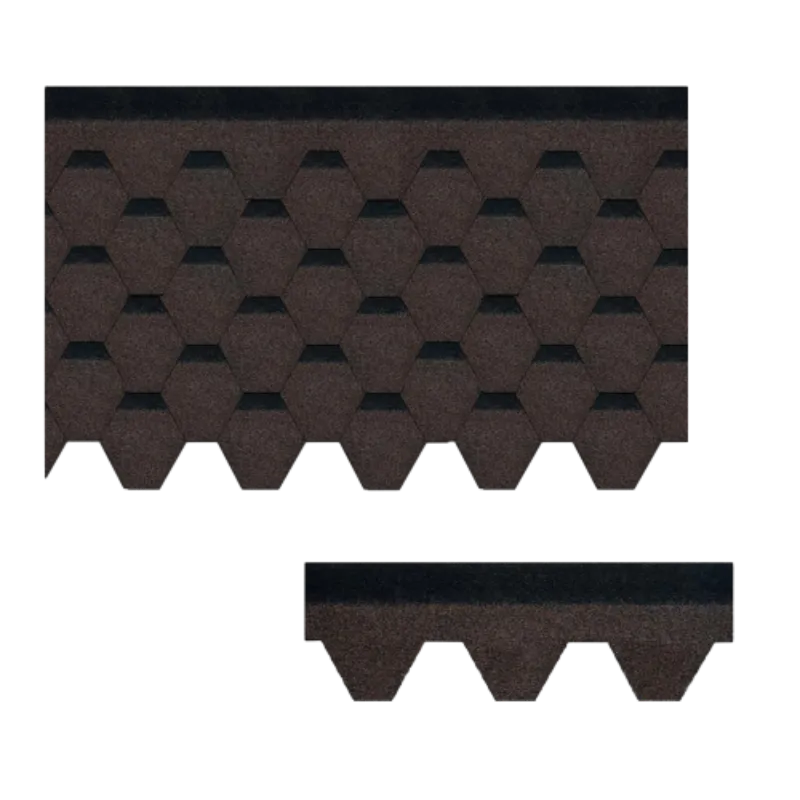
Nov . 22, 2025 14:00 Back to list
Synthetic Clay Tile Roof – Durable, Eco-Friendly Roofing Solutions for Modern Buildings
What Is a Synthetic Clay Tile Roof and Why It Matters in Today’s World
When you think of clay tiles, your mind might float to those charming terracotta roofs in Mediterranean villages or the historic homes lining Spanish streets. But synthetic clay tile roofs? That’s a whole different story — rooted in modern innovation and practical necessity. In a world facing climate challenges, rapid urbanization, and a pressing need for sustainable yet durable building materials, understanding synthetic clay tile roofing isn’t just trivia. It’s about reshaping how we shelter ourselves intelligently while respecting resources and budgets.
These modern roof tiles blend the classic aesthetics of clay with contemporary materials engineered for longer life, lighter weight, and often better environmental footprints. If you’re a builder, an architect, or even just a curious homeowner, knowing this technology helps you make smarter decisions — especially when durability, cost-effectiveness, and eco-friendliness are on the table.
The Global Context: Why Synthetic Clay Tile Roofs Are Gaining Popularity Now
The United Nations reports that by 2050, nearly 70% of the world’s population will live in urban areas (1). With more people crowding cities — especially in regions vulnerable to extreme weather — demand for reliable, eco-friendly construction materials soars. Traditional clay tiles, while beautiful, are heavy and brittle, posing challenges for fast urban builds and seismic zones.
Enter the synthetic clay tile roof, designed with durable polymers or composite materials that mimic classic tile shapes but weigh less and resist cracking. According to ISO 9001 standards guiding construction material quality worldwide (2), synthetic options offer consistent manufacturing quality — a big deal for safety and long-term performance.
One problem often raised? How can we keep heritage aesthetics without compromising modern building codes or environmental goals? Synthetic clay tile materials answer that by marrying visual charm with improved function. However, adoption varies globally; from Europe’s green building push to Asia’s rapid housing growth, synthetic roofing is picking up speed.
What Exactly Is a Synthetic Clay Tile Roof?
To simplify: a synthetic clay tile roof consists of tiles made from engineered materials (usually polymer-based composites) fashioned to look like traditional clay tiles. These tiles are designed to be lightweight, tough, and sometimes even reflective to reduce heat gain, while providing the aesthetic warmth and texture of clay.
In many industrial or humanitarian projects — think refugee housing or disaster-resilient homes — synthetic clay tiles offer a reliable roofing option able to withstand rough handling and harsh climates. They tick all the boxes: practical, beautiful, and scalable.
Core Components of Synthetic Clay Tile Roofing
Durability and Weather Resistance
Unlike natural clay that can crack under freezing or sudden impact, synthetic tiles are engineered for toughness against hail, high winds, and UV rays. Many include additives to resist mold and fading, extending lifespan well beyond 50 years in some cases.
Lightweight Construction
One of the biggest benefits in real-world terms is lower roof load. Synthetic tiles weigh roughly 3-5 kg/m², compared to 45-60 kg/m² for traditional clay. This reduces structural demand and allows for easier handling during installation—no back-breaking work required.
Cost Efficiency
Though initial price might be slightly higher than traditional tiles, when factoring in installation speed, lower transport costs, and minimal maintenance, synthetic options often come out ahead in total cost of ownership.
Eco-Friendly Materials
Increasingly, manufacturers are integrating recycled plastics or renewable polymers into synthetic tiles, reducing waste streams. Plus, many products are recyclable themselves after their lifecycle.
Design Flexibility
Synthetic tile roofs allow for many color options, textures, and shapes — sometimes impossible with natural clay. This versatility supports architectural creativity and client-specific demands.
Mini Takeaway:
Synthetic clay tile roofs combine modern material science with tradition, boasting durability, sustainability, and cost efficiency that address pressing global construction demands.
How Synthetic Clay Tile Roofing Comes to Life Around the World
Different parts of the world have embraced synthetic clay tiles with varying enthusiasm and use cases. For example:
- Australia and the U.S.: Popular in suburban and coastal areas where hurricane resistance matters.
- Europe: Favored for historic preservation projects that require lightweight alternatives to natural clay.
- Asia: Rapid urban growth and affordable housing projects benefit from quick installation synthetic roofing.
- Humanitarian aid: NGOs use synthetic tiles in post-disaster relief shelters where durability and speed are crucial.
For instance, after typhoon damage in Southeast Asia, some relief organizations chose synthetic tiles for temporary shelters that could withstand intense rain yet be reused or recycled once permanent homes were built.
Breaking Down the Numbers: Product Specification Table
| Specification | Typical Value | Notes |
|---|---|---|
| Material | Polypropylene + mineral fillers | Ensures durability and UV resistance |
| Weight per Tile | ~850 grams | Much lighter than traditional clay tiles |
| Dimensions | 420mm x 330mm | Standard modular size for easy overlap |
| Fire Rating | Class A (ASTM E108) | High fire resistance |
| Color Options | 12 standard colors + custom | UV stable pigments |
| Warranty | 30 years | Manufacturer-backed |
How Do Suppliers Stack Up? A Quick Vendor Comparison
| Vendor | Price per m² | Color Range | Lead Time | Warranty |
|---|---|---|---|---|
| BrightRoof Solutions | $25 | 8 colors | 4 weeks | 25 years |
| EcoTile Corp | $28 | 12 colors + custom | 3 weeks | 30 years |
| TerraTech Roofing | $22 | 5 colors | 6 weeks | 20 years |
Advantages and The Long Game
Putting synthetic clay tile roofs to work provides:
- Lower structural stress: Lightness means your framing can be leaner, often saving money there too.
- Minimal maintenance: No need to worry about cracks and breakage after hailstorms.
- Energy savings: Some tiles boast reflective qualities, reducing cooling load in hot climates.
- Social trust: For homeowners, the look stays classic — maintaining neighborhood charm.
- Eco conscious: Recycling potential mitigates landfill clogging.
Emotionally, it feels reassuring to choose a roof that protects not just your home but the environment too, and offers peace of mind during severe weather.
Looking Ahead: Where Is Synthetic Clay Tile Roofing Going?
Innovation isn’t taking a holiday here. Expect to see:
- Integration of solar technology: Solar panels embedded or hybrid roofing tiles creating energy-harvesting roofs.
- Smart coatings: Self-cleaning or super-hydrophobic layers reducing grime and algae build-up.
- Bio-based polymers: Turning toward algae- or plant-derived materials for even greener products.
- Digital manufacturing: 3D printing custom tiles for heritage projects or complex roof shapes.
Tackling The Tough Bits: Common Challenges & Solutions
Not everything is sunshine. Some builders worry about:
- Cost perception: Synthetic tiles may seem expensive upfront. The solution? Educating clients on lifecycle value.
- Installation misconceptions: Some installers hesitate with new materials; thorough training programs help.
- Climate skepticism: Doubts about performance in extreme cold or humidity can be addressed by third-party testing and certifications.
Overall, these are hurdles, not roadblocks.
Frequently Asked Questions About Synthetic Clay Tile Roofs
Q1: How durable is a synthetic clay tile roof compared to traditional clay?
A1: Synthetic clay tile roofs usually outperform traditional clay in impact resistance and flexibility. While natural clay can chip or crack under stress, synthetic tiles are engineered to withstand hail, freeze-thaw cycles, and high winds better, often lasting 30 to 50 years or more with proper care.
Q2: Are synthetic clay tiles easy to install?
A2: Yes! Their lighter weight means faster and safer handling. Many manufacturers design interlocking systems or modular formats that reduce the skill barrier, speeding up installations on residential and commercial roofs alike.
Q3: Can synthetic clay tiles contribute to a sustainable building project?
A3: Definitely. Many synthetic clay tiles incorporate recycled materials and can themselves be recycled after use. Their longevity reduces replacement frequency, saving resources and energy over time.
Q4: How do I choose the right synthetic clay tile vendor?
A4: Evaluate vendor certifications (ISO standards, fire ratings), warranty terms, color and finish options, lead times, and client reviews. Also, consider if the vendor provides technical support for installation and design.
Q5: Are synthetic clay tile roofs suitable for all climates?
A5: Generally yes — their engineered materials are tested for UV, moisture, and freeze-thaw resistance. However, always check product specs against local climate requirements to ensure optimal performance.
Wrapping Up: Why Synthetic Clay Tile Roofs Deserve a Closer Look
All things considered, synthetic clay tile roofs offer a compelling mix of beauty, strength, and eco-friendliness fitting today’s architectural ambitions and environmental realities. If you’re planning a build or retrofit that needs both durability and style, they’re worth exploring. As we push towards smarter, greener cities, this roofing innovation could well be a cornerstone.
Fancy diving deeper? Visit our website: https://www.coolroofmaterials.com for detailed guides, project showcases, and expert advice.
Until next time, keep your roof solid and your ideas soaring.
References
-
Black Clay Tile: Durable, Sustainable Roofing for Modern Needs
NewsNov.24,2025
-
Red Clay Roof Tiles: Durable, Sustainable & Stylish Roofing Solutions
NewsNov.23,2025
-
Durable and Sustainable Ceramic Roofs: A Global Perspective on Design & Innovation
NewsNov.23,2025
-
Expert Guide to Terracotta Tile Roof Restoration - Sustainable Preservation & Repair
NewsNov.21,2025
-
Planum Roof Tiles – Durable, Sustainable Flat Roofing Solutions for Global Needs
NewsNov.20,2025


